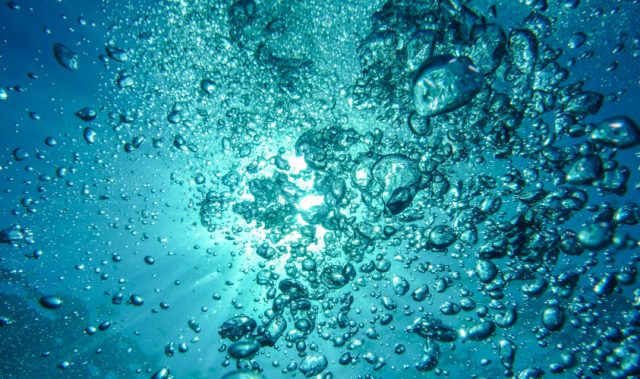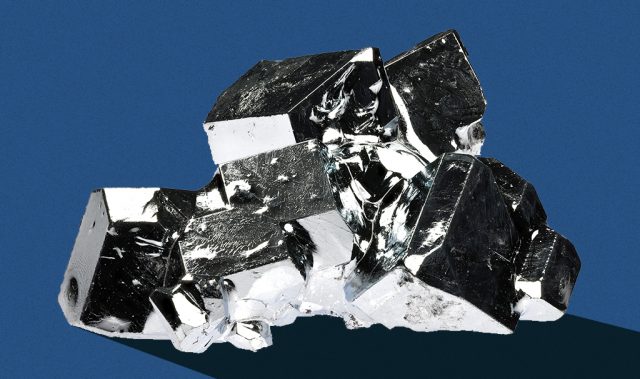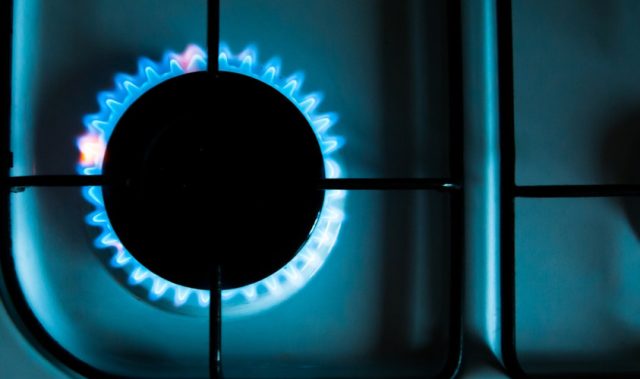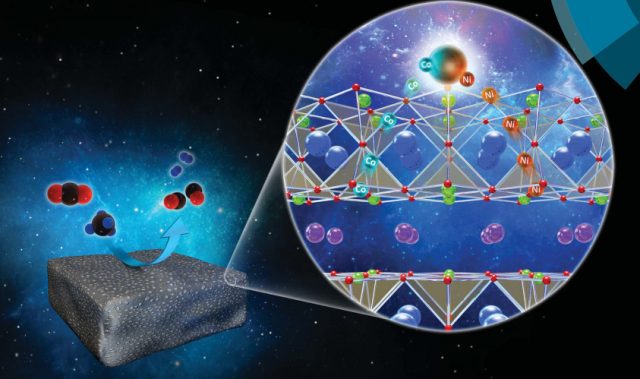
AsianScientist (Jan. 24, 2019) – Scientists in South Korea and the US have developed a system that produces electricity and hydrogen while eliminating carbon dioxide (CO2). They published their technique in the journal iScience.
Society’s dependence on fossil fuels has resulted in elevated levels of atmospheric CO2, which is a major contributor to global warming. Besides reducing the amount of carbon emissions, scientists are also exploring methods to turn CO2 into usable resources.
In this study, researchers led by Professor Kim Guntae at the Ulsan National Institute of Science and Technology (UNIST), South Korea, devised a system that generates electricity based on the electrochemical reaction between CO2 and water.
“Carbon capture, utilization, and sequestration technologies have recently received a great deal of attention for providing a pathway in dealing with global climate change,” said Kim. “The key to that technology is the easy conversion of chemically stable CO2 molecules to other materials. Our system has solved this problem with the CO2 dissolution mechanism.”
When CO2 dissolves in water, a mild acid is formed. As acidity increases, the number of protons in a solution increases, which in turn increases its power to attract electrons. Based on this phenomenon, the researchers developed electricity-generating system consisting of a cathode made of sodium metal, a sodium superionic conductor separator and a catalytic anode. Unlike other batteries, their catalyst is in solution form and is connected by a lead wire to the cathode.
When CO2 is injected into water, an electrochemical reaction is started, eliminating CO2 and creating electricity and hydrogen. The researchers reported a conversion efficiency 50 percent.
“[Our system] not only utilizes CO2 as the resource for generating electrical energy, but also produces a clean energy source, hydrogen,” said Dr. Kim Jeongwon at UNIST, co-first author of the research.
Furthermore, their system can operate for more than 1,000 hours without damage to the electrodes.
“This research will lead to more derived research and will be able to produce H2 and electricity more effectively when electrolytes, separator, system design and electrocatalysts are improved,” said Kim.
The article can be found at: Kim et al. (2018) Efficient CO2 Utilization via a Hybrid Na-CO2 System Based on CO2 Dissolution.
———
Source: Ulsan National Institute of Science and Technology; Photo: Shutterstock.
Disclaimer: This article does not necessarily reflect the views of AsianScientist or its staff.












